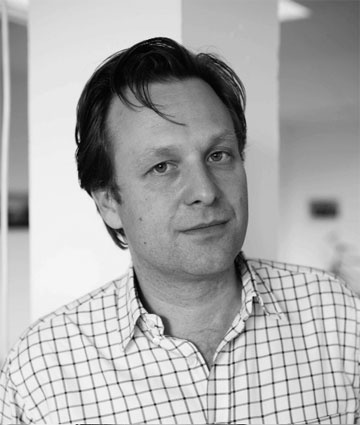Dubai

“Capitalism is the celebration of a cult sans rêve et sans merci. There are no ‘weekdays’.” Walter Benjamin, “Capitalism as Religion”, 1921
The future of art is money. And the future has arrived: under the enlightened despotism of its Emir and CEO, multi-billionaire Sheikh Mohammed al-Maktoum, the Persian Gulf city-state of Dubai has taken a quantum leap into a new form of hyper-capitalist gigantism that will change our perception of art and its institutions. As The New Yorker reports, Sheik Mo, as his friends call him, is straight-forward about his aspiration: “I want to be Number One in the world.” He is building the highest building, the largest shopping mall and the world’s most spectacular luxury hotel. Considering the level of motivation displayed in other branches of the entertainment industry (the mega-themepark “Dubailand” with its replicas of the Pyramids, the hanging Gardens of Babylon, and the Taj Mahal being the most ambitious endeavor to date), future projects in the sector of entertainment known as visual art are not likely to be modest. In 2006 Bloomberg reports that Dubai “has become the Middle East’s de facto art-market hub, having been chosen by Christie’s as its regional base, and after hosting the first DIFG Gulf Art Fair.” The local competition couldn’t be tougher. In Abu Dhabi, Frank Gehry is building a new Guggenheim and Jean Nouvel is planning a spectacular new Louvre. As Guggenheim Director Thomas Krens made clear in a recent interview, there are also plans to stage a kind of biennale on steroids, taking place in nineteen new pavilions in a park: “When you develop a place that is so much larger than the Giardini in Venice – when you do not have to organize the site according to countries but rather according to an international competition, in which thirty or fifty curators from around the world present a concept for the nineteen pavilions – then people will certainly become curious.” No doubt they will. How is Sheik Mo in Dubai going to respond to make sure he remains “Number One”?
The future of art is money. In recent times we have witnessed the marginalization of all functions in the art world that suggest the possibility of something significant taking place outside of the market. The critic was marginalized by the curator who in turn was pushed aside by the advisor, the manager and – most importantly – the collector. There can no longer be any doubt: the biennale has been eclipsed by the art fair. As a format for artistic articulation it has exhausted itself, just like the novel did in the 1960s; the megalomaniac Abu Dhabi scheme is only further proof of this. The idea that forms of artistic expression can exhaust themselves and become obsolete in a new environment is nothing new. For instance, in the mid 1920s the very young Erwin Panofsky made a similar claim: “When works on certain artistic problems has advanced so far that further work in the same direction, proceeding from the same premises, appears unlikely to bear fruit, the result is often a great recoil, or perhaps better, a reversal of direction.” Such shifts, says Panofsky, are always associated with a transfer of artistic leadership to a new country or to a new discipline. Will we see such a shift in the exhibition landscape? What comes after the biennale? I repeat: the future of art is money, and Sheik Mo has figured this out. The future of exhibition making is commerce. Dubai is most likely where it’s going to happen, under the enlightened despotism of its Emir. Just watch him.
